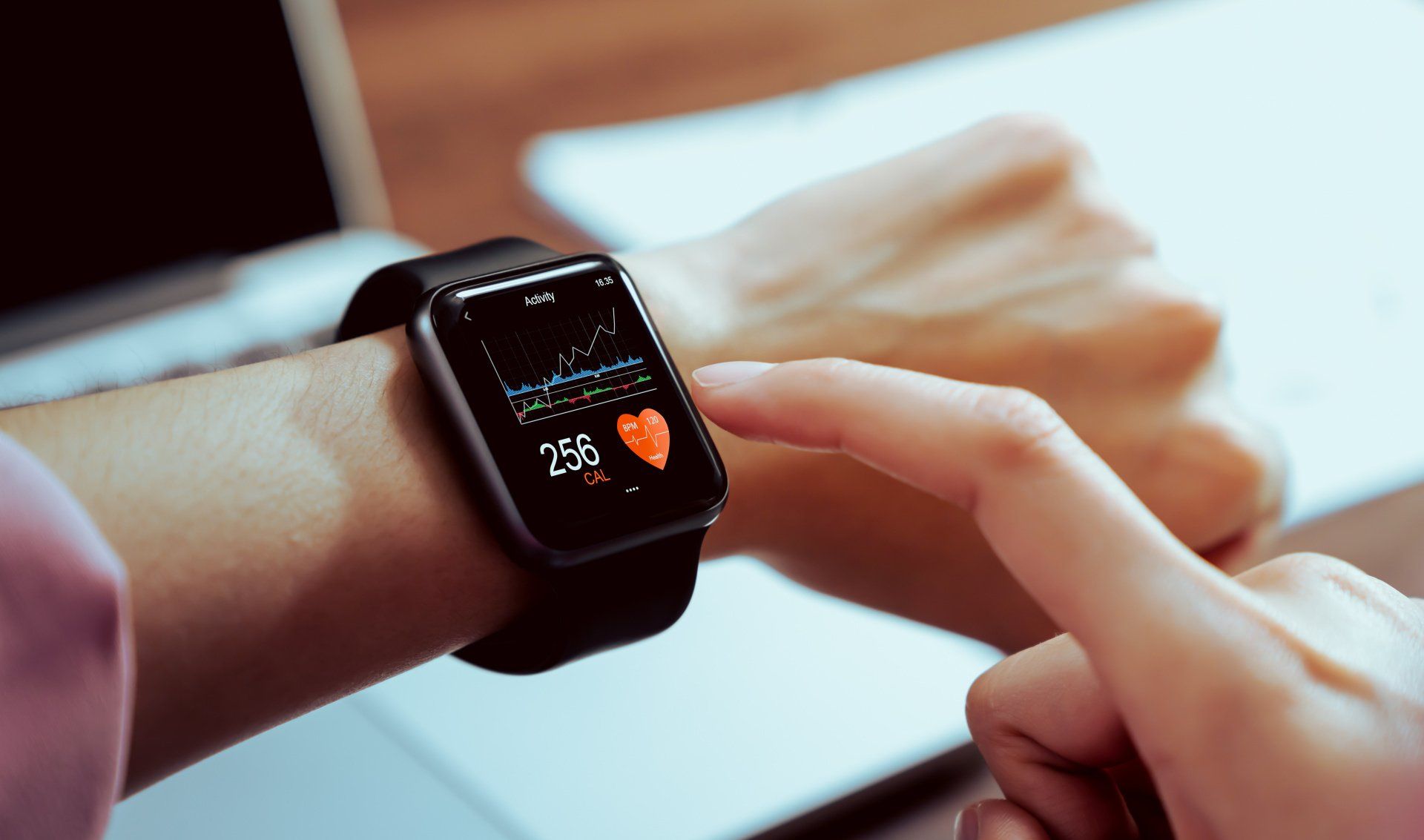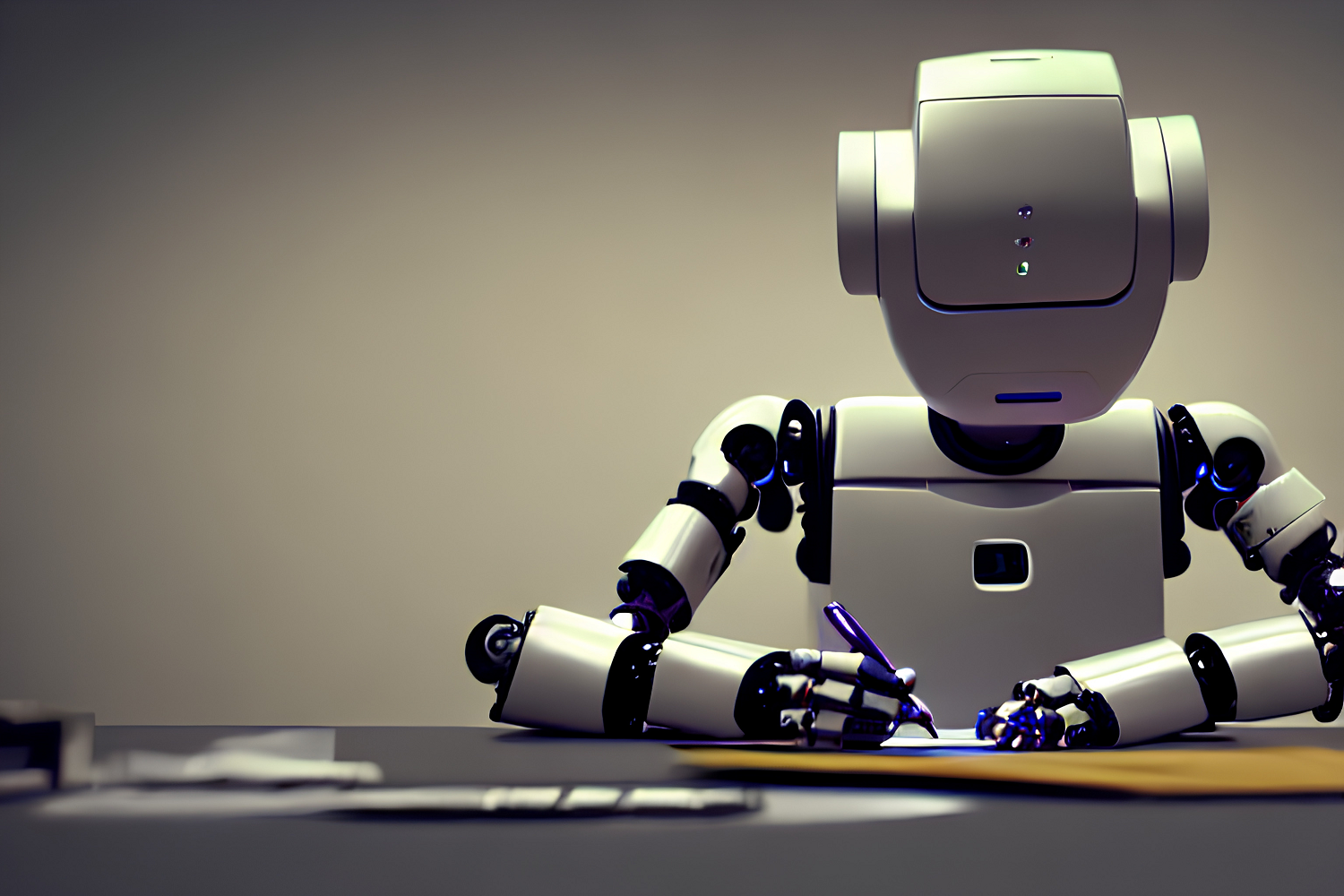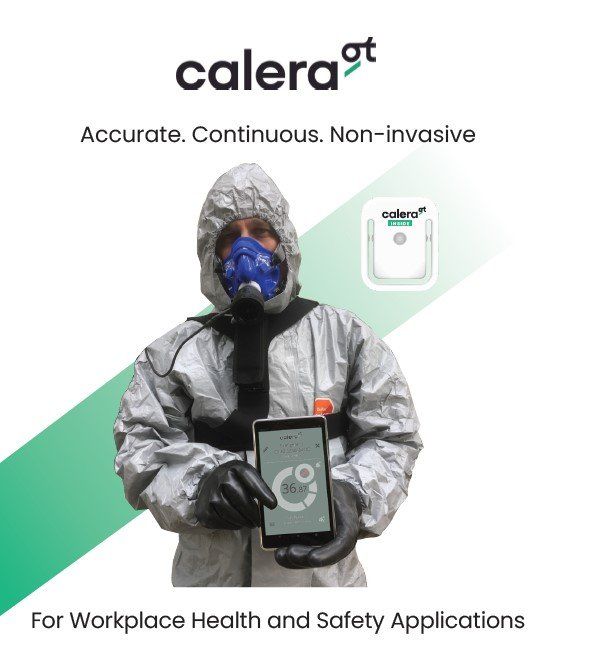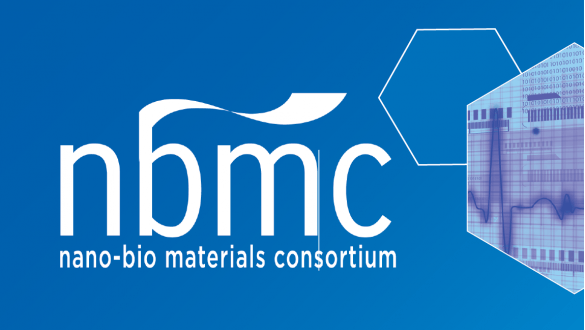Smart Fabric and the Next Generation of Wearables
How Will Electronic Textiles Impact the future of Wearable Sensors?
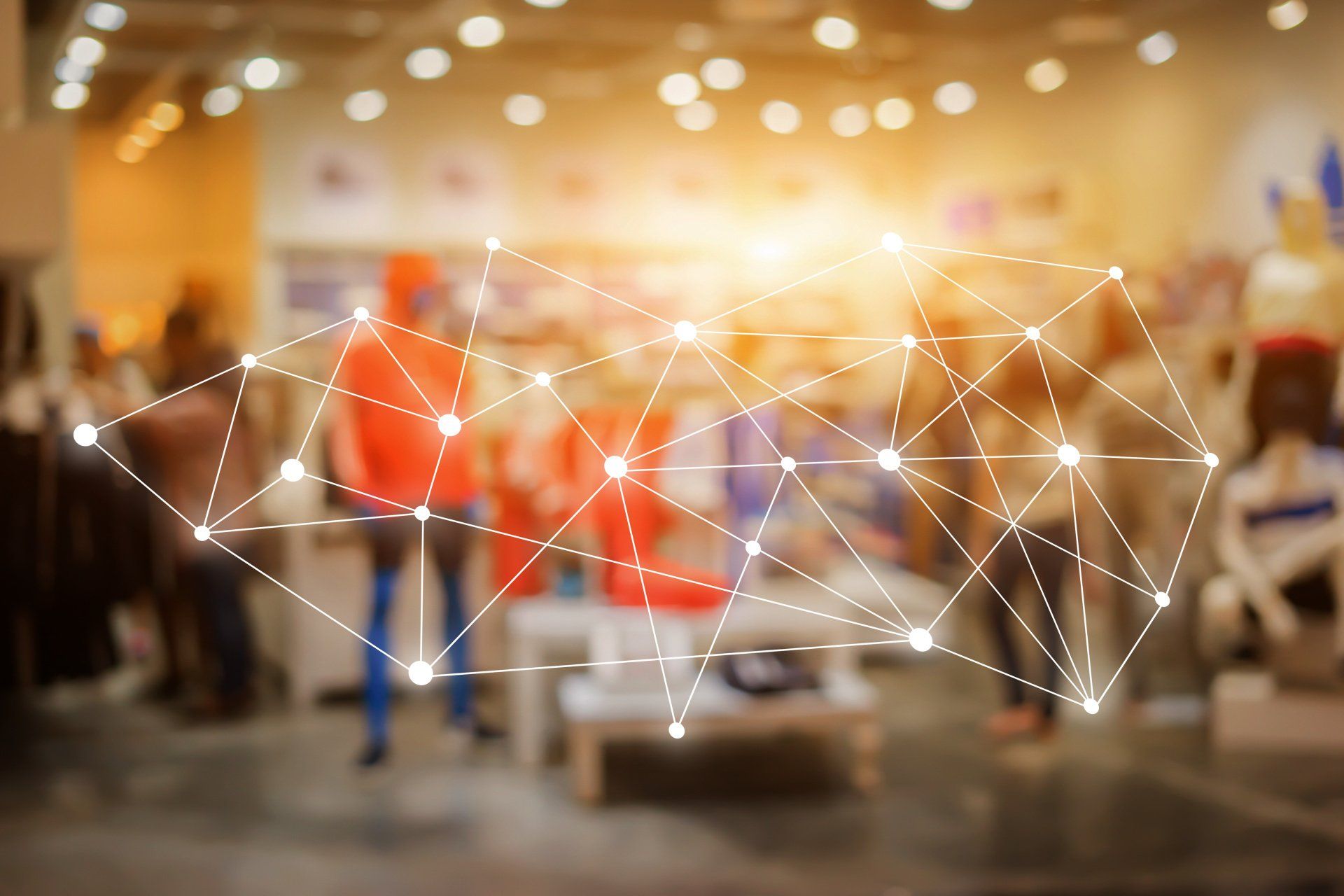
Over the couple of decades, we've witnessed the evolution of wearables from a gimmick straight out of science fiction into a practical technology embraced by the mainstream. From fitness to healthcare to worker safety, more and more people are turning to wearables to provide real-time physiological data. In fact, Cisco Systems recently predicted that the number of wearable devices connected to networks will likely top a billion (with a b) by the end of 2022.
The technology itself is constantly evolving as well. The Fitbit (introduced in 2009) paved the way for smart watch monitors and smart rings. But now there's a new wearable technology on the block--smart fabric. And it looks to be a game changer.
What Is Smart Fabric?
Smart fabrics are textiles that look and feel like standard fabrics but contain sensors and other tech components that give it the ability to sense and respond to environmental conditions. This technology is also known as intelligent textiles, electronic textiles, or e-textiles.
While the need for heat- and light-sensitive fabric was originally driven by the sportswear market, the technology is rapidly expanding to other sectors.
Worker Safety
Wearable devices with sensors are already being used to protect workers from heat, exhaustion, and injury. But with smart fabric, these sensors will become even more unobtrusive than the current generation of smart watches, heart rate monitors, and gas sensors.
Imagine an employee uniform that's capable of capturing relevant health and safety signals--location, movement, biological reads, environmental conditions--and relaying them to an inspector or spotter. Or gloves that measure real-time vibration exposure to help workers avoid HAVS (hand-arm vibration syndrome).
Health and Wellness
Smart textiles can also revolutionize the way providers monitor and care for patients. By integrating discrete biosensors and chemical sensors into clothing, physicians can get a more accurate view of a patient's health.
For example, getting an EKG reading from a wearable is currently problematic. Watches and other devices can measure EKG, but they require the user to actively touch it to activate the scan. For continuous EKG monitoring without user intervention, healthcare providers have to rely on adhesive patches.
A shirt or a pair of pants made from e-textiles could provide continuous, real-time biometrics that would, in turn, help physicians to provide a more accurate diagnosis and treatment options.
Physical Performance
Sports and fitness is a major driver of smart fabric technology as companies and trainers continue to look for ways to improve the performance of athletes. According to report from Mordor Intelligence, the market for smart fabrics in sports and fitness was valued at $680 million in 2020 and is expected to hit $2.85 billion by the end of 2026.
While current monitors can readily track real-time physiological, performance, and safety readings, e-textiles have the potential to provide data that's even more granular and specific. The ability to continuously monitor an athlete's posture and body movement could be vital to improving technique *and* avoiding future injuries.
The Future of Smart Fabric
Although widespread adoption of smart fabric is still years away, there have already been a number of impressive innovations, such as Wi-Fi/Bluetooth connectivity and amazing power efficiency. Plus, most smart fabric garments can be laundered like any normal clothing.
Here at VigiLife, we're really excited about the potential of this new technology and you can bet we'll be looking for ways to integrate it with our current line of products as it develops.
References
"Smart Fabric - An Overview" -
ScienceDirect
"Global Smart Wearable Market - Market to Grow by 19.48% from 2021 - 2026" -
Business Wire
"Smart Safety Wear" -
Health & Safety International Magazine
"Smart Fabrics for Sports and Fitness Market - Growth, Trends, COVID-19 Impact, and Forecasts (2022-2027)" -
Mordor Intelligence


